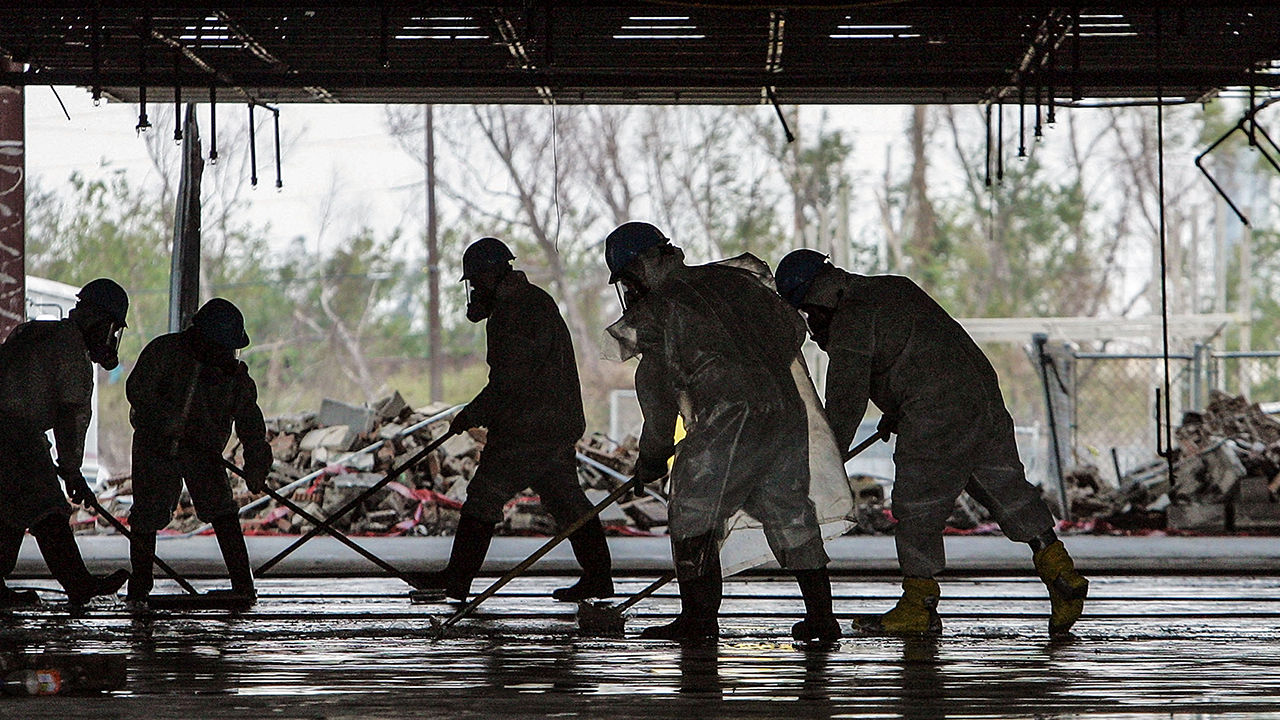
A serious storm can make a huge difference in a split second. However, as recovery can be, you can relax because of how many have experienced comparative encounters. What’s more, on the off chance that you get familiar with everything you can before a storm hits, you’ll be more set up to explore these difficult waters: A little information goes far.
So, let’s start with the basics. Each electric organization has a definite arrangement for re-establishing power after a storm. Ordinarily, one of the initial steps an organization takes—to forestall wounds and flames— ensures that force is done moving through brought down lines. You must know these stages to not freak out when a storm comes, and your electricity gets cut off. Reclamation at that point continues dependent on set up needs.
Electrical Recovery Stages
- Stage 1: Power Plants: Power plants, the essential wellspring of intensity creation, are evaluated for harm and re-established.
- Stage 2: Transmission Lines: High-voltage transmission lines serving many clients over wide zones are fixed.
- Stage 3: Substations: Substations are carried online with the end goal for the capacity to arrive at neighborhood appropriation lines.
- Stage 4: Emergency Responders: Power is re-established to crisis administrations and offices basic to general wellbeing and security, including medical clinics, police and fire stations, water recovery plants, and interchange frameworks.

- Stage 5: Large Service Areas: Crews are dispatched to fix lines that will restore administration to the biggest number of clients at all measures of time. Administration lines to neighborhoods, enterprises, and organizations are efficiently re-established.
- Stage 6: Individual Homes: Once significant fixes are finished, administration lines to singular homes and more modest clients’ gatherings are re-established.
Assess Your House
The principal thing you’ll most likely need to do is investigate the harm to your home. Yet, remember security. An examination was done after a twister landed in Marion, Ill., found that 50% of the complete wounds happened well after the cyclone had passed. Along these lines, think about the accompanying: Watch out for dangers, for example, broken glass and uncovered nails. Along with that, stay away from random wires on the ground. They could still be active. While you are looking around your house, use a spotlight rather than any source that could lead to open fire.
Sum up
If you smell gas—or suspect a release—shut off the primary gas line, open the windows, and promptly head outside. Inform the gas organization and the best possible specialists of the circumstance and don’t return until they’ve regarded your home to be protected. Hopefully, this small guide on what to do and how to go about storm damage restoration and cleaning after a storm has helped you make a game plan.
